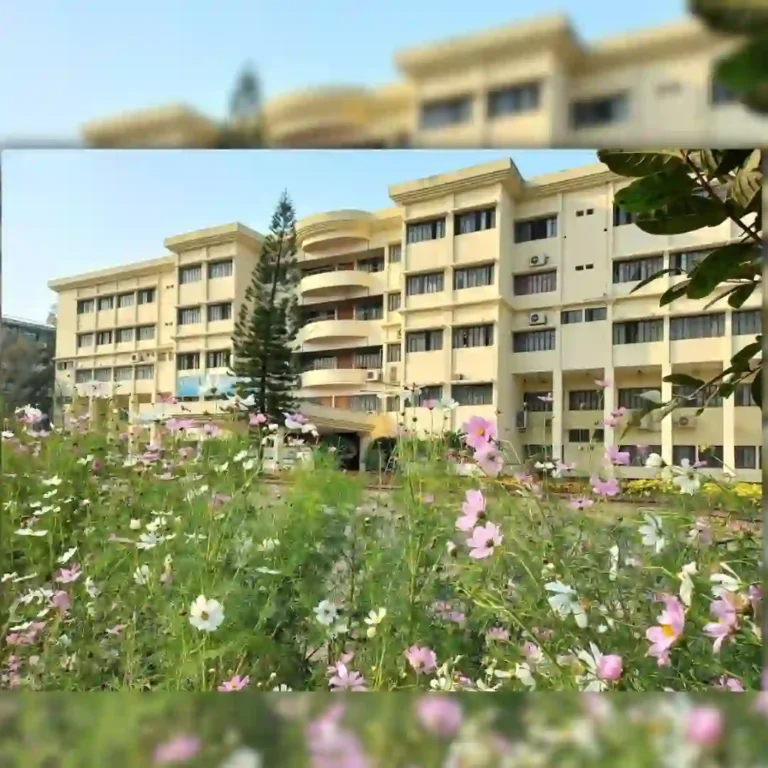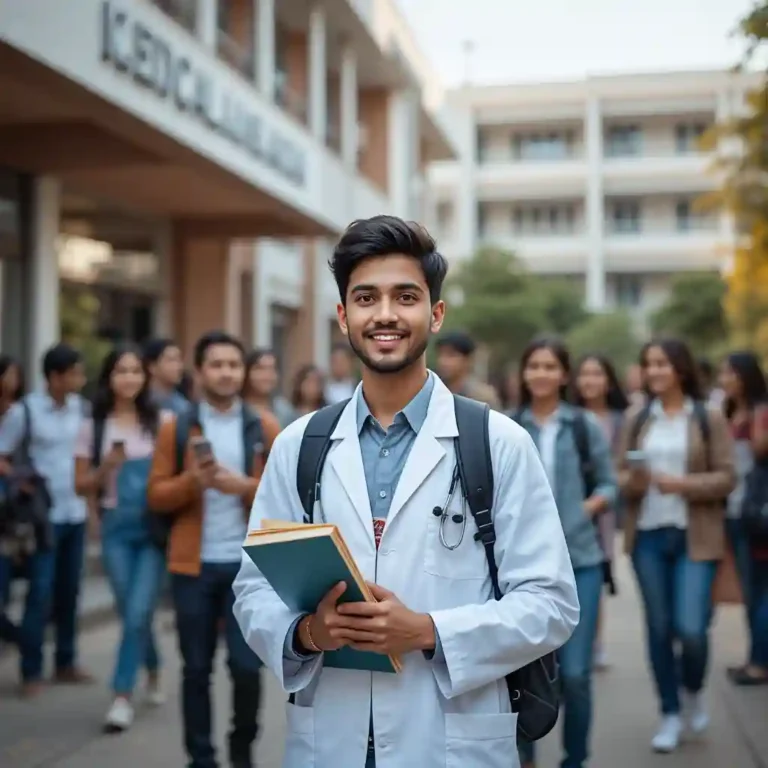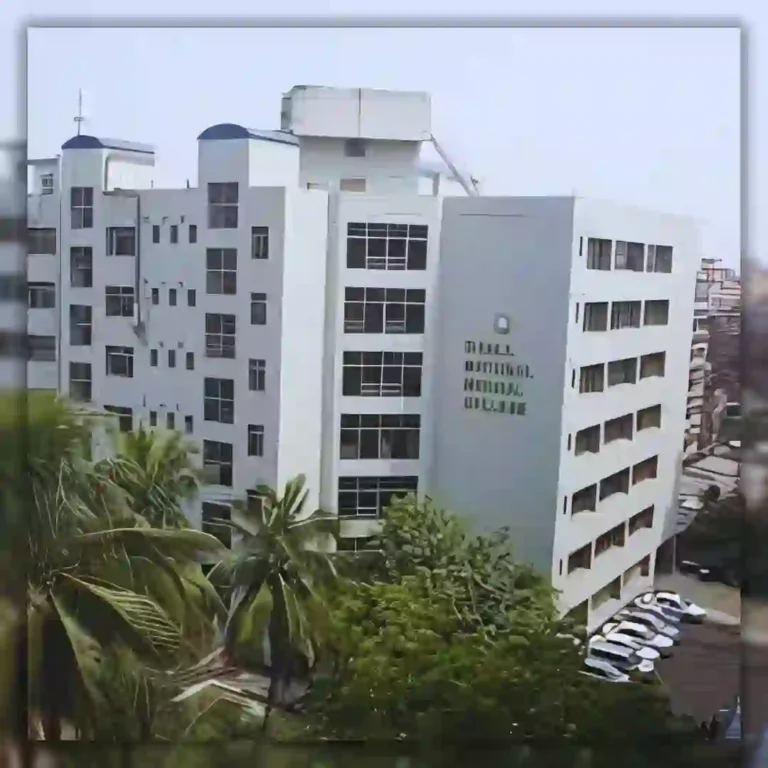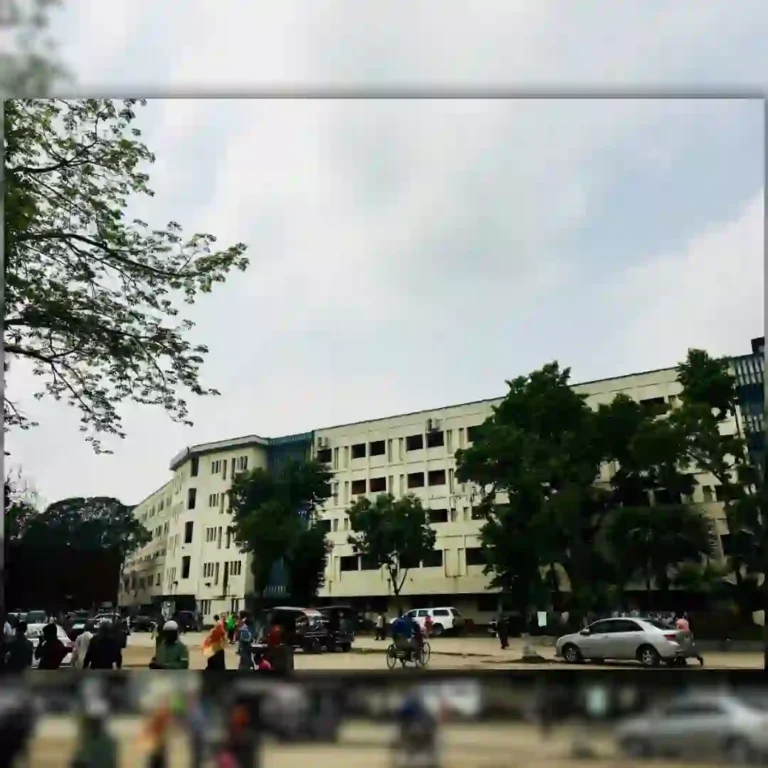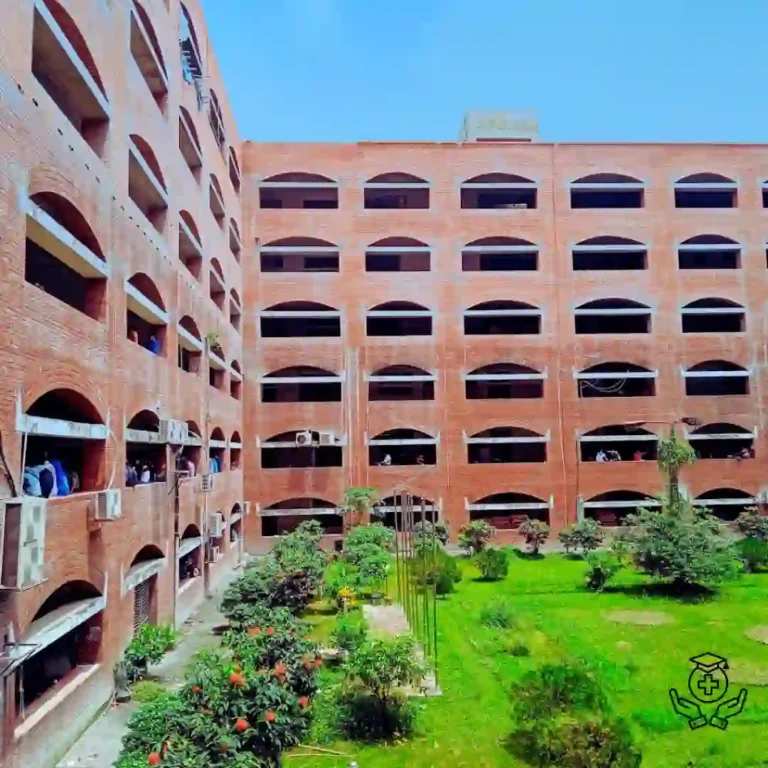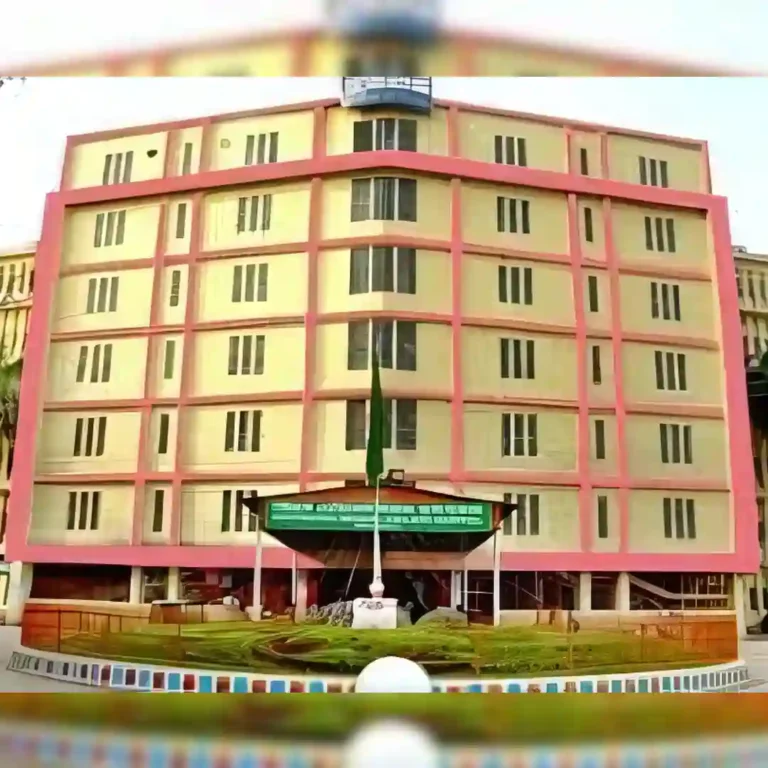Your Guide to MBBS at Rajshahi Medical College & University: A Comprehensive Overview
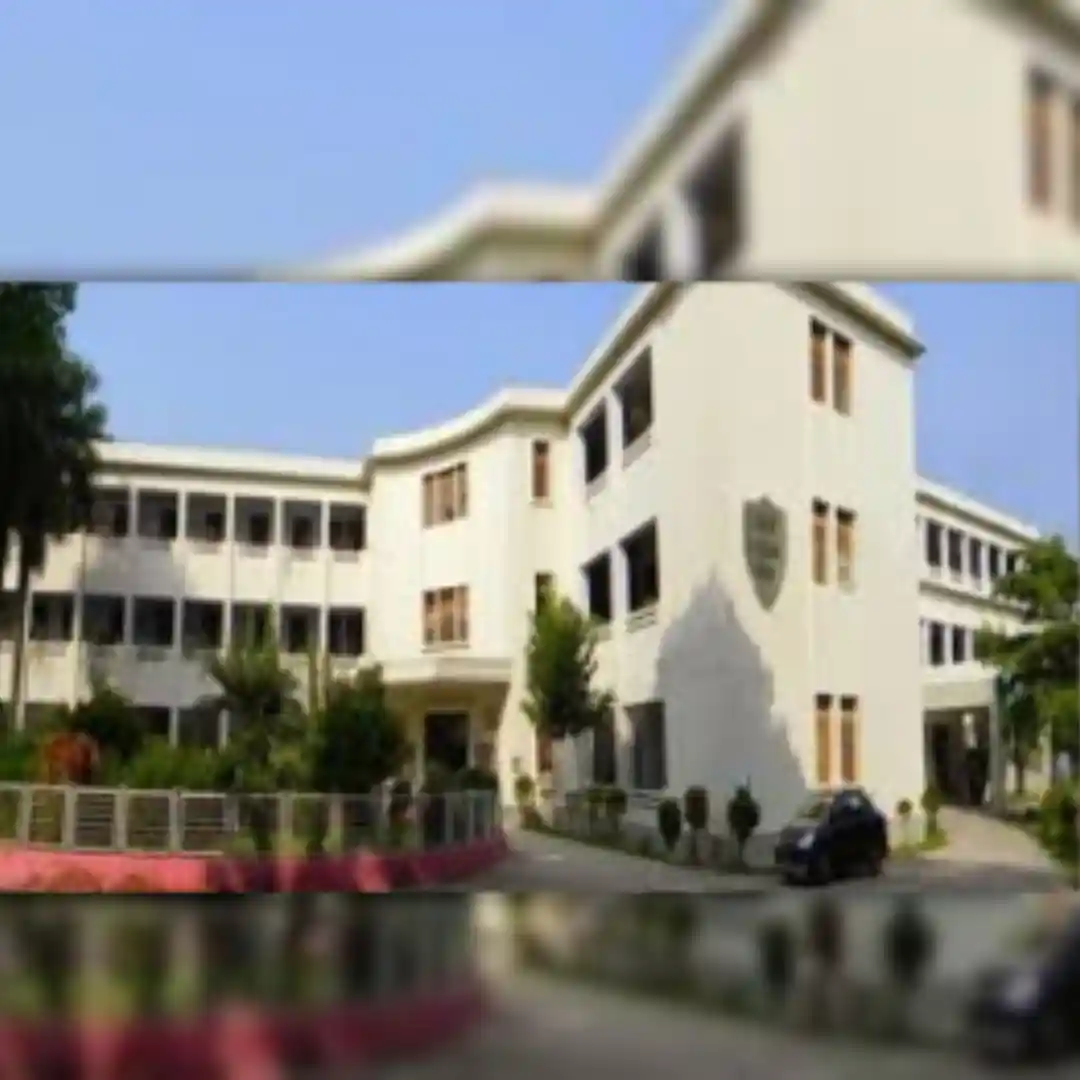
Hey there, future doctors! Ever dreamt of studying medicine in a vibrant, culturally rich setting? Well, you might want to put Rajshahi Medical College (RMC) and the University of Rajshahi (RU) in Bangladesh on your radar. These institutions aren’t just any medical schools; they have a rich history and a strong commitment to training the next generation of healthcare professionals. This guide is your go-to for everything you need to know about pursuing an MBBS degree at RMC and RU, from the curriculum to student life and beyond. So, let’s dive in, shall we?
About Rajshahi Medical College and the University of Rajshahi
Let’s start with a little bit of history. RMC is kind of a pioneer, you know? It was the second medical institution to be established in what was then East Pakistan, and the very first medical college in the northern part of Bangladesh. It started way back in 1949 as a private medical school, before the government stepped in and made it a public medical college in 1954. And then, there’s the University of Rajshahi, which was founded in 1953 and is the second-largest university in Bangladesh. It’s a big deal in the region.
RMC is a public medical school, and it’s affiliated with Rajshahi Medical University. On the other hand, RU is this big public university with loads of different faculties, including medicine. The University’s campus is in Motihar, close to the Padma River. It’s a pretty big place, covering 753 acres. You’ll be studying in a beautiful, green setting.
What’s really cool is that both RMC and RU are officially recognised. RU has the thumbs up from the National Medical Commission of India (NMC), the World Health Organization (WHO), and the Bangladesh Medical and Dental Council (BMDC). This means that your MBBS degree will be recognised globally, which is great news!
MBBS Program Details
Okay, let’s get down to the nitty-gritty of the MBBS program. It’s a six-year course, including a mandatory one-year internship. Here’s a quick look at what you’ll be studying each year:
- Year 1: You’ll be hitting the books on Anatomy, Physiology, and Biochemistry.
- Year 2: Time for Community Medicine and Forensic Medicine.
- Year 3: You will be getting into Pharmacology & therapeutics, Microbiology, and Pathology.
- Year 4: You’ll be focusing on Medicine and allied subjects, Surgery and allied subjects, and Obstetrics and Gynecology.
The program is designed to give you a thorough understanding of medical science, mixing theoretical knowledge with lots of hands-on experience. You’ll learn through problem-based learning and clinical rotations, which will really prepare you for the real world of medicine. The great thing is that classes are taught in both English and Bengali.
Admission Process
Right, so how do you actually get in? Here’s what you need to know:
- Eligibility Criteria:
- You need to be between 17 and 25 years old when you apply.
- You’ll need to be a high school graduate with Physics, Chemistry, Biology, and English as your subjects.
- You need to score at least 60% in your PCB subjects if you’re in the general category, or 40% if you’re SC/ST/OBC.
- For all you Indian students, you absolutely need to clear the NEET exam.
- Step-by-Step Admission Guide:
- First things first, you need to get your academic certificates recognised in Bangladesh.
- You will need an Equivalence Certificate from DGHS Dhaka.
- Then, there’s the Student Visa process through the Bangladesh embassy.
- After that, you’ll submit an application form and all the necessary documents.
- Remember to get your documents attested by the Ministry of Foreign Affairs.
- And finally, you will need to submit all your original academic certificates during admission.
- Required Documents:
- Make sure you have your SSC & HSC mark sheets, your birth certificate, and your NEET report card.
- You’ll need your passport (with at least 18 months validity), an invitation letter, and a student visa.
- Don’t forget your passport-size photos, tuition fee payment receipt, and medical report.
Fees and Financial Planning
Studying abroad is an investment, so let’s talk money. The tuition fees are about USD 35,000 per year. Now, keep in mind this is an estimate and could change. You’ll also need to think about living expenses in Rajshahi, so make sure to budget accordingly. It’s always a good idea to research and plan for your finances.
As for scholarships, the university itself doesn’t offer specific ones, but don’t fret! You can apply for non-college specific scholarships available for Bangladesh. It might also be worth looking into educational loans to help fund your studies.
Campus Life and Facilities
RMC and RU offer a great environment for students. The infrastructure includes:
- Lecture halls and well equipped laboratories.
- Museums.
- Galleries with computer multimedia projectors.
- A library with loads of books and medical journals.
- A modern auditorium.
- Hospital facilities for clinical training.
When it comes to accommodation, there are separate hostels for male and female students. They even have furnished hostels for you international students and they take your safety seriously with 24/7 high security.
Student life is a blend of study and fun. There are student clubs, cultural events, and social activities to keep you engaged. It’s a really inclusive and welcoming place. Oh, and if you are looking for a bite to eat there’s the popular “Charu Mamar Canteen”. Plus, there’s a college bus to help you get around.
Career Prospects and Alumni Network
After graduation, there are lots of options for postgraduate studies. You can choose to specialize in different fields of medicine. There are also opportunities to work in Bangladesh or abroad. RMC and RU have a strong alumni network that can help you in your career. You will be joining an impressive list of alumni, including people like Quazi Tariqul Islam, and Kedar Narsingh KC.
The Internship
A big part of your MBBS is the one-year internship in a government-owned public hospital. This is where you will get vital practical experience, transitioning from classroom learning to patient care. You’ll be working under supervision, getting hands-on experience in various aspects of healthcare. It is a great opportunity to solidify everything you have learned.
Research at Rajshahi Medical College
RMC has a strong focus on research. The faculty are experts in their fields and engage in various research projects. The college has a Medical Education Unit that provides modern facilities for research including internet access. The research cell supports both students and doctors with their projects. Some of the top scientists include Md Rizwanul Karim and Md Abdur Rafi who have made significant contributions to the medical field.
International Student Support
If you are coming from abroad, there are support services to help you settle in. These include orientation programs, language support, and help with cultural integration. The universities also offer visa assistance and special accommodations for international students to ensure you have a smooth transition.
Healthcare System in Bangladesh
Studying in Bangladesh will give you a great perspective on healthcare in a developing country. There are many challenges, but the university is actively involved in addressing these needs. You will see first hand the impact of your work, and be part of making healthcare better in the region.
Comparison with Other Institutions
There are a number of other medical colleges in Bangladesh, both public and private. RMC and RU stand out due to their history, strong faculty, and facilities. When making your decision, consider their strengths and weaknesses.
Controversies and Challenges
It’s always good to be aware of any challenges you might encounter. There have been incidents such as the one involving intern doctors and a faculty member. The college is actively working to make sure issues like that are resolved fairly.
Practical Tips and Best Practices
- Exam Preparation:
- Check the seat plan as soon as it’s out.
- If possible, visit the exam centre beforehand.
- Keep a copy of your admit card and seat plan handy.
- Make sure to arrive at the exam centre early.
- Follow all the instructions carefully.
- Checklist: Prepare a checklist of all the important things you need for the exam, so you don’t forget anything important.
Conclusion
So, that’s your guide to MBBS at Rajshahi Medical College and the University of Rajshahi. These institutions are more than just places to study; they’re a gateway to a fulfilling career in medicine. If you’re looking for a well-rounded medical education, a welcoming campus, and a supportive community, this might just be the place for you. Don’t hesitate to contact the university for more information and start your journey towards becoming a doctor today!
